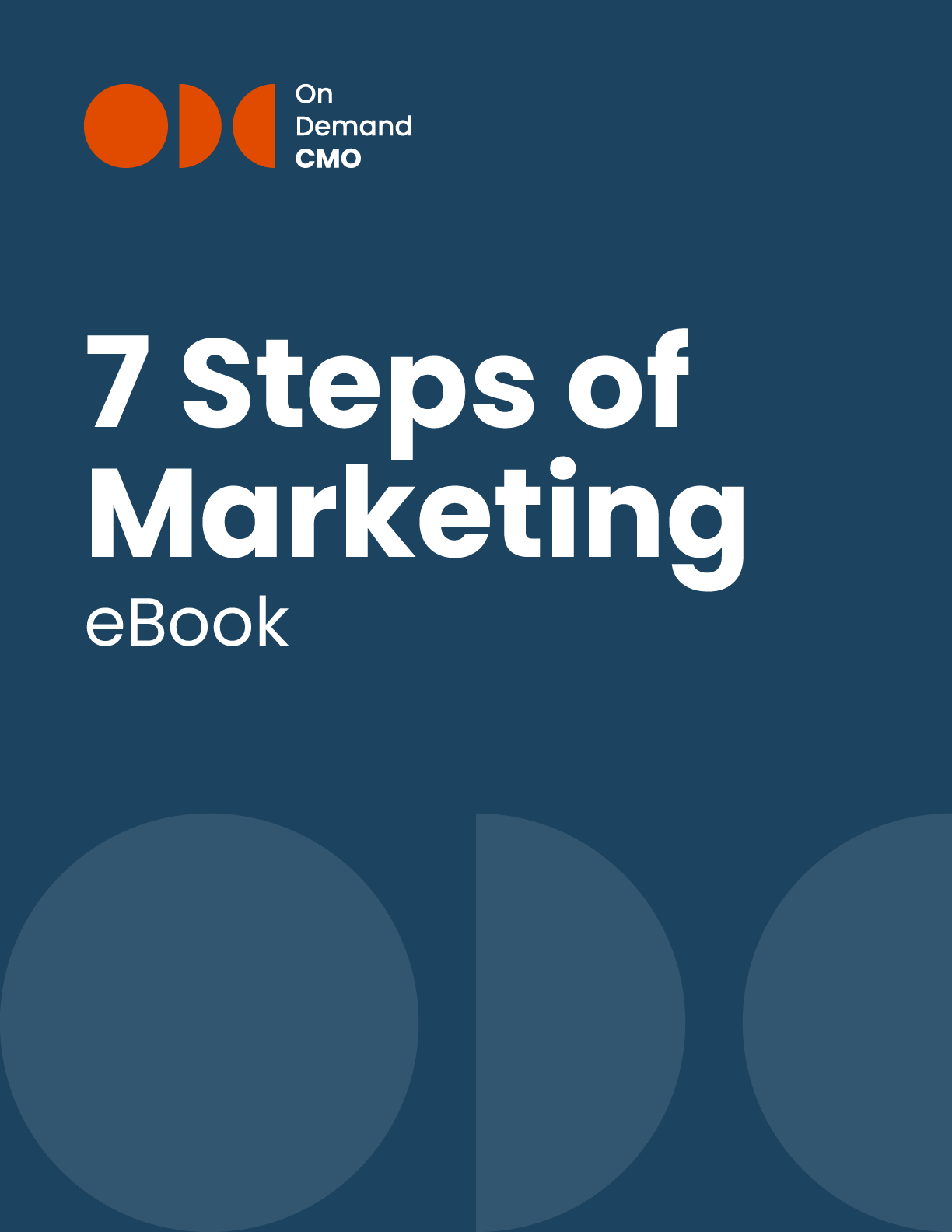
I recently had the good fortune of leading a roundtable discussion at The Transformational CMO Assembly hosted by the Millennium Alliance.
Participating in the discussion was an all-star group of marketers spanning several categories who graciously shared their unique perspectives on the current state of marketing. The group included: Jason Angrisani – Bloomberg L.P., Jerome Hiquet – Tough Mudder, Fanette Singer – Country Financial, Evelyn Moore – Specialty Restaurant Group, Shonodeep Modak, GE Power, Jordan Schlachter – National Basketball Players Association, Ashley Sheetz – Sally Beauty, Meg Lee – Nowegian Cruise Line and Ivan Wicksteed – Old Navy. Below is an overview of what was discussed: The Epidemic of Constant Change-3 Dynamics Impacting Marketers Today.
A State of Flux
The marketing industry is advancing at an unprecedented rate, creating both insurmountable gaps and opportunities.
Customers are tuning out traditional marketing methods, while consuming information and making buying decisions on mobile phones, tablets and wearable devices. Marketers are drowning in data, dealing with the complexities of real-time optimization and navigating through the transparency of social media while trying to deliver a consistent customer experience.
These disruptive forces are transforming business strategies and consequently, changing the role of marketing. Marketers today need to be nimble, collaborative, tech savvy and engaging—while also maintaining their traditional responsibilities as brand stewards.
With the emergence of new technologies designed to improve attribution and ultimately, drive ROI, marketers are now dealing with additional challenges. Below are three issues they are all contending with in some shape or form:
Marketers must develop strong analytics skills to demonstrate their value to the CEO and CFO. Advances in technology have given marketers the ability to collect, analyze, interpret and measure large volumes of data in order to assign attribution. And the technology is allowing them create more robust consumer profiles improving customer acquisition programs, optimizing media buys in real-time, automating marketing campaigns and create thoughtful and relevant content that engages customers in two-way dialogues. As a result, we are seeing a shift in control of marketing technology from IT and Sales to Marketing. Selecting the most relevant “martech” partners from an increasingly complex landscape is a major challenge, as we now have literally thousands of different cloud services vying to be part of the martech stack. So, in addition to our traditional role as “brand stewards,” we must now be fully emersed in the various technology solutions that can help us drive results, assign attribution and demonstrate ROI.
Understanding consumers based on age and income is still important, but the ability to understand consumers based on their attitudes and behaviors is helping to build stronger customer connections and engagements.
Consumers have multiple devices and use all of them to conduct multiple tasks depending on what may be the most convenient at any point in time. This constant switching between devices, particularly mobile devices, means that consumers no longer see a distinction between their mobile, tablet or laptop. Instead, all channels are viewed as a means of providing access to valuable information or helping to complete a transaction, so organizational structures must be built horizontally with an emphasis on agility.
Therefore, in order to be successful, we need to recruit an army of co-conspirators to help us a deliver a superior customer experience. To accomplish that, marketers must understand what motivates and intimidates their colleagues. The ability to articulate and share our vision, while also addressing our colleague’s apprehensions will help us get “buy-in” faster. Building a strong collaborative team environment will make the task of knitting together the various internal teams and the martech stack into a cohesive workflow eliminating friction in our omnichannel experiences. (now being called “integrated commerce” instead of “omnichannel”, BTW).
With the advent of the new technologies, the marketing matrix is getting more complicated, fragmented and specialized. So, the need to attract the right people with the right skills in this new digital marketing age is more critical and harder than ever before. More and more of the marketers time is spent managing digital activities, meaning digital skills are more important than ever. However, many of today’s marketers want to expand and improve their skills but aren’t given a clear sense of what their career paths would look like. This creates an interesting paradox because their specialized skills are difficult to source, so managers are less inclined to promote them because replacements are not readily available. This environment of over-specialization makes managing young marketer’s long-term career goals more difficult—leading to defections and a perpetuating a never-ending search for talent. Creating an 18-24 month rotation within our marketing teams may be the best solution to cross-training younger talent, while also maintaining a sense of consistency.
Thank you again to this distinguished group of marketers for sharing their perspectives and insights on the Epidemic of Constant Change impacting their, and our, daily lives.
If you would like to add to the discussion, share your comments with me at [email protected].

OnDemandCMO has authored 7 Steps of Marketing, the only marketing guide book you’ll need to either get your marketing started properly, or stay on track strategically.
It features best practices on branding, messaging, social media, lead generation and much in between.
Please let us know who you are, and we'll share a few of our secrets (we don't sell or trade your info)!